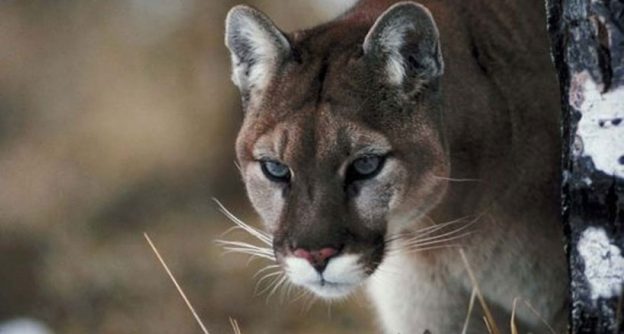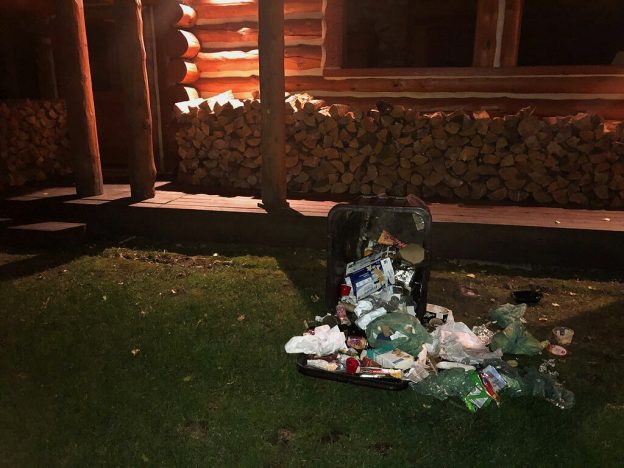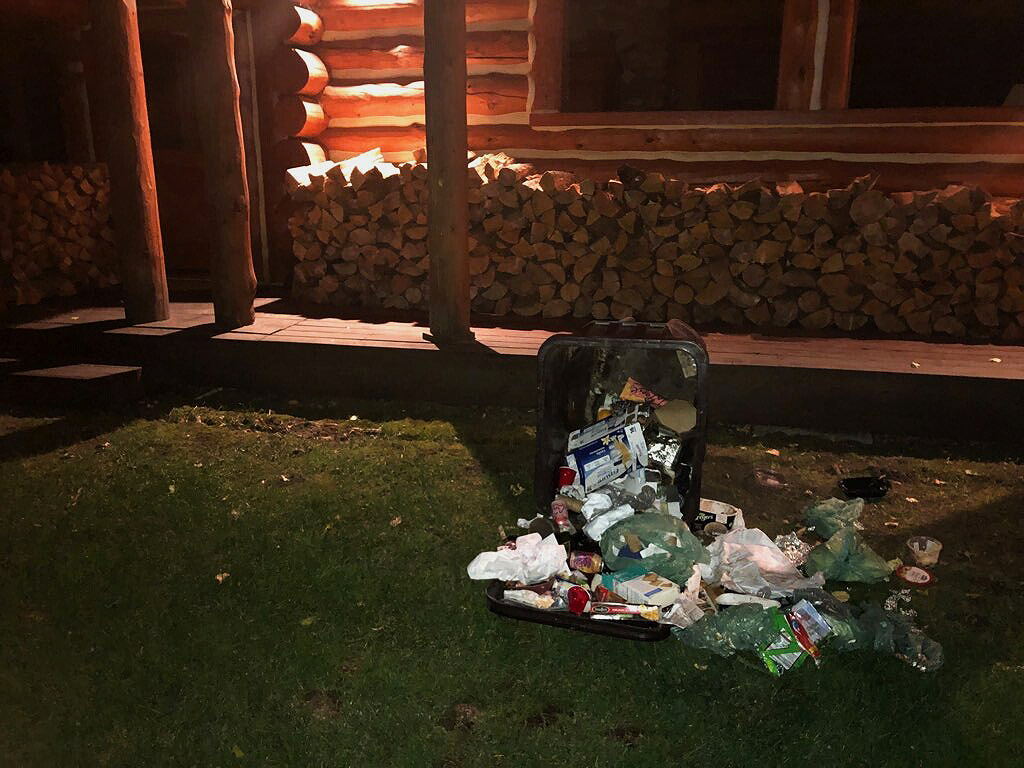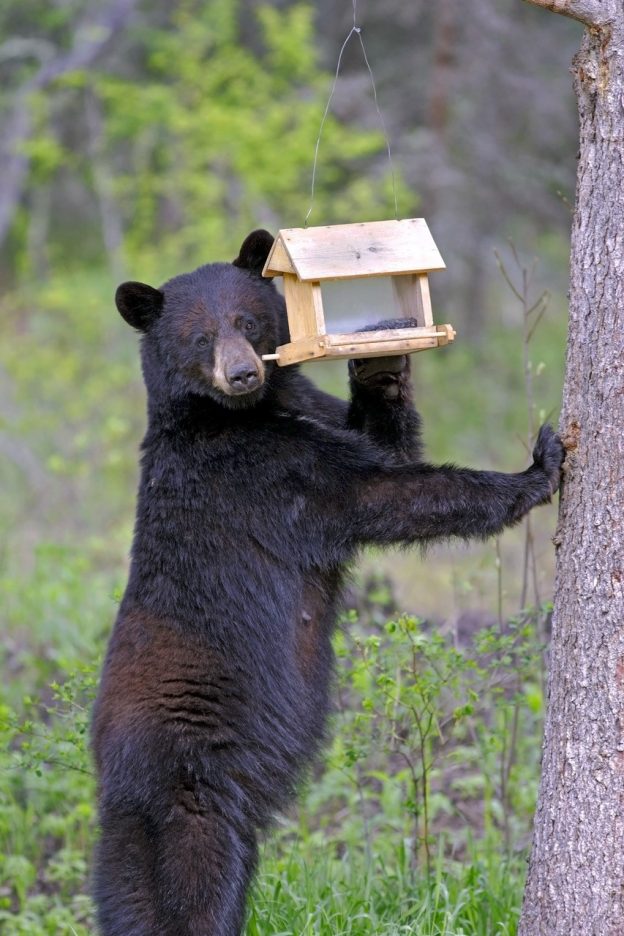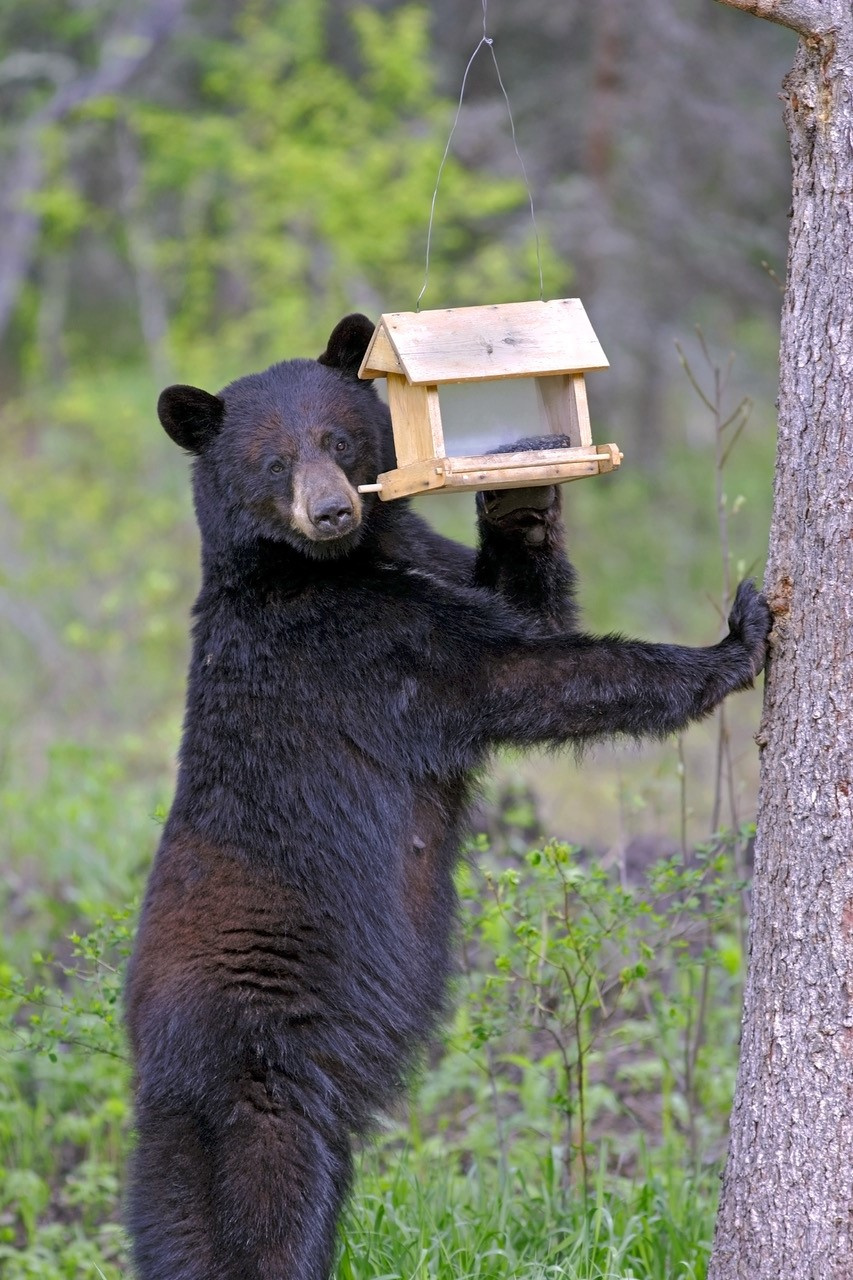By Terry Thompson, Regional Communications Manager
Monday, August 24, 2020 – 3:45 PM MDT
A mountain lion attacked and killed a horse near Hailey, Idaho while pastured in Croy Creek Canyon.
Blaine County Emergency Communications received a report in the early morning hours of Sunday, August 23, 2020 of a reported attack on a horse in the Red Elephant Gulch region of Croy Creek, west of Hailey, Idaho. Fish and Game officers investigated the report on Sunday morning, and with assistance from the U.S. Department of Agriculture Wildlife Services, confirmed the older mare was killed by a mountain lion while on pasture grounds.
Traps have been set in an effort to locate the mountain lion responsible for the attack.
Residents are reminded to be vigilant for wildlife, such as mountain lions, throughout the Wood River Valley. While not a typical prey source, livestock is sometimes opportunistically taken by mountain lions.
Personal safety in mountain lion country
Mountain lions have been living in the Wood River Valley long before human development began. Most residents, even those who have lived there for years, have never observed one. However, we continue to hear from residents that they are now seeing these secretive cats as they pass through their neighborhoods. Some reports include sightings of lions during daylight hours, which is not typical behavior.
- Wildlife managers agree that if a person is in close proximity to a lion, meaning they see it, they should:
- NEVER run away from a mountain lion. The lion’s instinct is to chase and ultimately catch what they perceive as potential prey.
- NEVER turn your back on a lion. Always face them while making yourself look as large as you can. Yell loudly, but don’t scream. A high-pitched scream may mimic the sound of a wounded animal.
- SLOWLY back away while maintaining eye contact with the lion.
- Safety equipment you may choose to carry could include bear spray, a noise device, like an air-horn, and if you walk in the dark, a very bright flashlight.
- If you are attacked, fight back!
Remember to use all of your senses to detect if a mountain lion is near. Using a light to help you see your surroundings is very important, both in your yard, or as you walk in your neighborhood. If you run or bike for personal fitness, use caution when wearing headphones which take away your ability to hear if a lion, or any other wildlife, is giving you signals that you’re too close.
Report mountain lion sightings and encounters
Wood River Valley residents and visitors should immediately report any encounter that results in an attack to the Magic Valley Regional Office at (208) 324-4359 during business hours, 8 a.m. – 5 p.m. Monday – Friday. If after hours, local conservation officers can be reached by calling the Citizens Against Poaching (CAP) hotline at 1-800-632-5999.
Reports can also be made to the Blaine County Sheriff at (208) 788-5555.
Mountain lion sightings and observations should be reported to the Fish and Game, Magic Valley Regional Office at (208) 324-4359.
